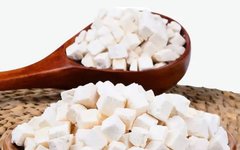Click the blue text
★
NEWS
★
Follow us
★
Understanding Traditional Chinese Medicine: Poria (Fu Ling)
★
Poria (Fu Ling)
Poria is the dried sclerotium of the fungus Poria cocos, belonging to the family Polyporaceae. It has the effects of promoting urination and leaching out dampness, strengthening the spleen and stomach, calming the mind, and soothing the spirit. Poria is a commonly used medicinal material, primarily produced in the Dabie Mountains at the junction of Hubei, Henan, and Anhui provinces, as well as in Yunnan and Guizhou, with Anhui being the largest producer, known as a local specialty of Anhui, referred to as “An Ling”.
In ancient times, Poria grew under old pines or thousand-year-old pines. The ancients believed that Poria was formed from pine resin, the spirit of the pine, and the roots of the pine. Poria is a wood-decaying fungus that parasitizes on dead pine wood under suitable conditions, continuously decomposing the cellulose and hemicellulose nutrients in the wood (stump) and accumulating the excess material after fungal transformation, rapidly expanding to form the nutrient storage organ and dormant organ known as the sclerotium, commonly referred to as pine Poria. Therefore, the source of ancient Poria is fundamentally similar to that of modern Poria.
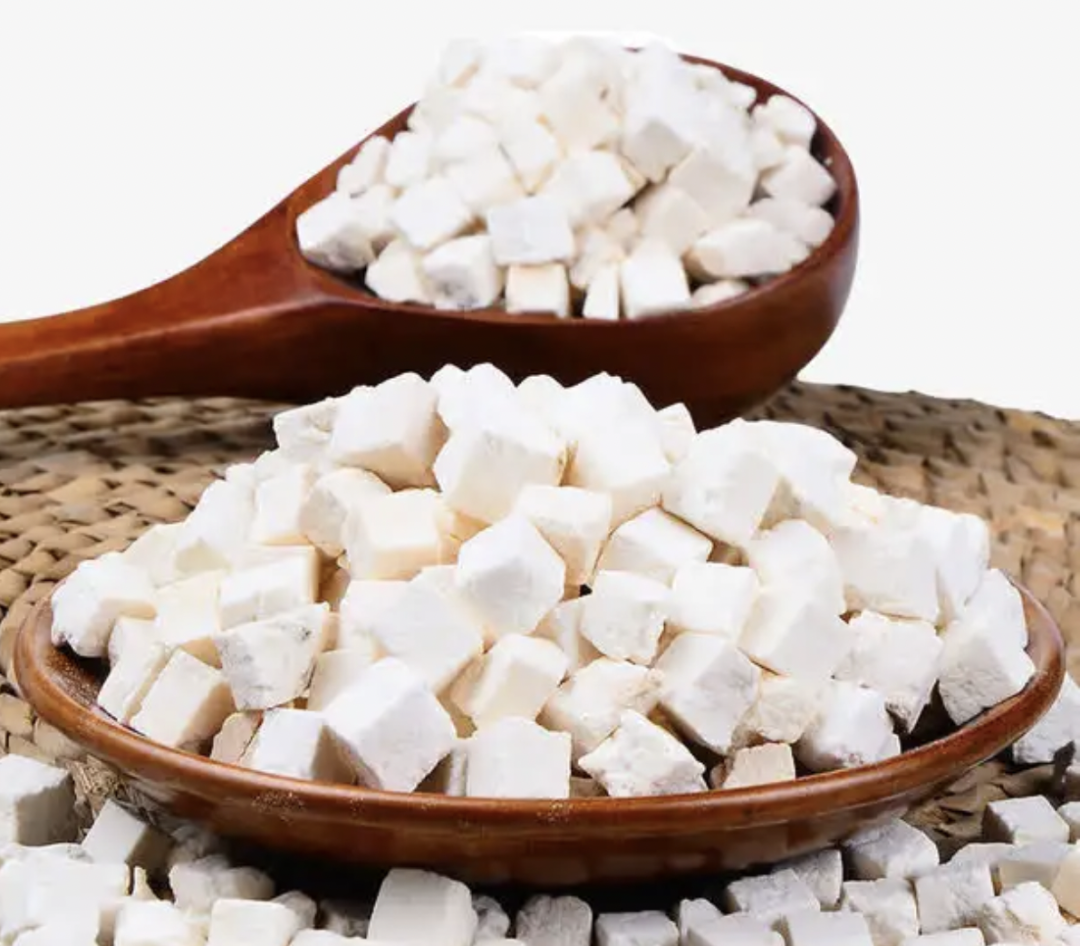
1. The Story of Poria
Once upon a time, there was a wealthy man who had only one daughter named Xiao Ling. The wealthy man hired a strong young man named Xiao Fu to manage the household. Xiao Fu was very diligent, and the wealthy man’s daughter secretly fell in love with him. However, the wealthy man was very unhappy when he found out, believing that the two were not a good match and that the disparity was too great for a marriage. He prepared to send Xiao Fu away and locked his daughter up, arranging for her to marry a rich young man. Upon learning of this, Xiao Fu and Xiao Ling escaped together to a small village. Later, Xiao Ling fell ill with rheumatism and often lay in bed. Xiao Fu took care of her day and night, and they supported each other through hardships. One day, Xiao Fu went into the mountains to gather herbs for Xiao Ling and unexpectedly saw a wild rabbit. He shot an arrow and hit the rabbit in the hind leg, but the rabbit escaped. Xiao Fu chased it to a cleared pine forest, where the rabbit suddenly disappeared. He searched around and found a spherical object next to a pine tree with his arrow stuck in it. He pulled out the arrow and discovered that the brown-black sphere had a crack revealing white material inside. He dug this substance out and cooked it for Xiao Ling. The next day, Xiao Ling felt much better, and Xiao Fu was very happy, often digging up this substance for her. Xiao Ling’s rheumatism gradually healed. This medicine was the first discovery of Xiao Ling and Xiao Fu, and people named it Fu Ling. Later, the character for “Fu” was modified to include the grass radical, becoming “Poria”.
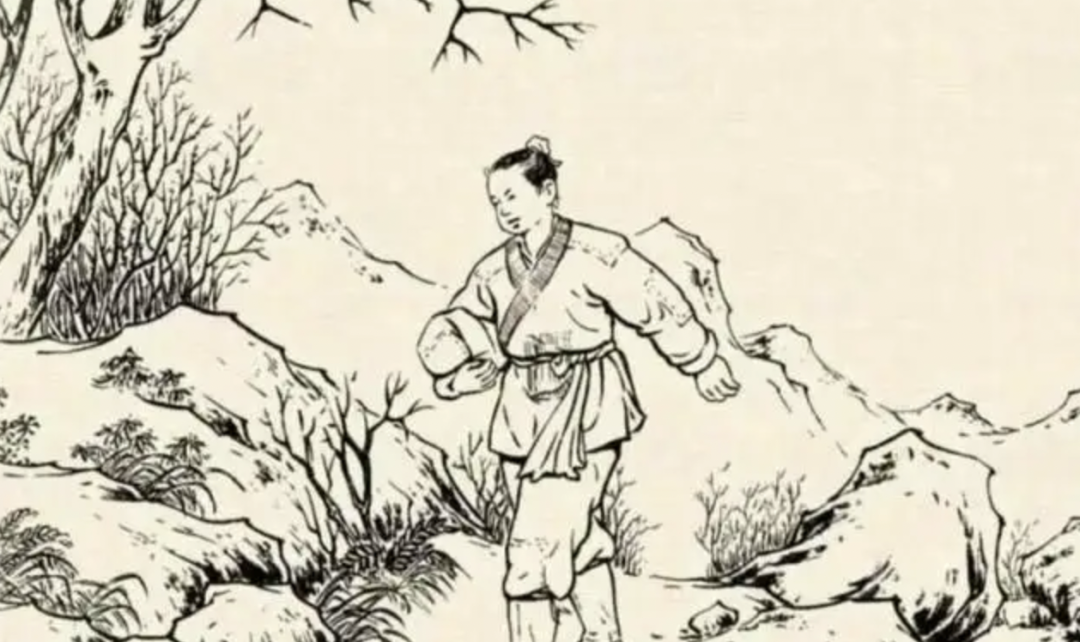
2. Growth Climate and Geographic Location
Poria, commonly known as Yun Ling, Song Ling, and Fu Ling, is a parasitic fungus that grows on the roots of pine trees. It resembles a sweet potato, with a black-brown outer skin and white or pink interior. Its original biological form is the dried sclerotium of the fungus Poria cocos, which primarily parasitizes the roots of Masson pine or red pine, and is produced in Yunnan, Anhui, Hubei, Henan, Sichuan, and other regions. It is harvested mainly from July to September. After digging it out, the soil and sand are removed, and it is piled up to “sweat” before being spread out to dry until the surface is dry, then “sweated” again, repeating several times until wrinkles appear and most of the internal moisture is lost, after which it is air-dried, referred to as “Poria”. Alternatively, fresh Poria can be cut into different parts and air-dried, referred to as “Poria pieces” and “Poria slices”. Poria prefers warm, dry, sunny conditions and is sensitive to north winds, widely distributed in pine forests at an altitude of around 700 meters. The ideal temperature is between 10°C and 35°C. The mycelium can grow at temperatures between 15°C and 30°C, but is most suitable at 20°C to 28°C. When the temperature drops to 5°C or rises above 25°C, mycelial growth is inhibited, but it can tolerate short-term low temperatures of -1°C to -5°C without freezing to death. The soil should be well-drained, loose, and ventilated, with a sandy composition of 60%-70% sand and a depth of 50-80 cm, with a water content of 25% and a pH of 5-6, which is suitable for mycelial growth. Alkaline soils should be avoided.
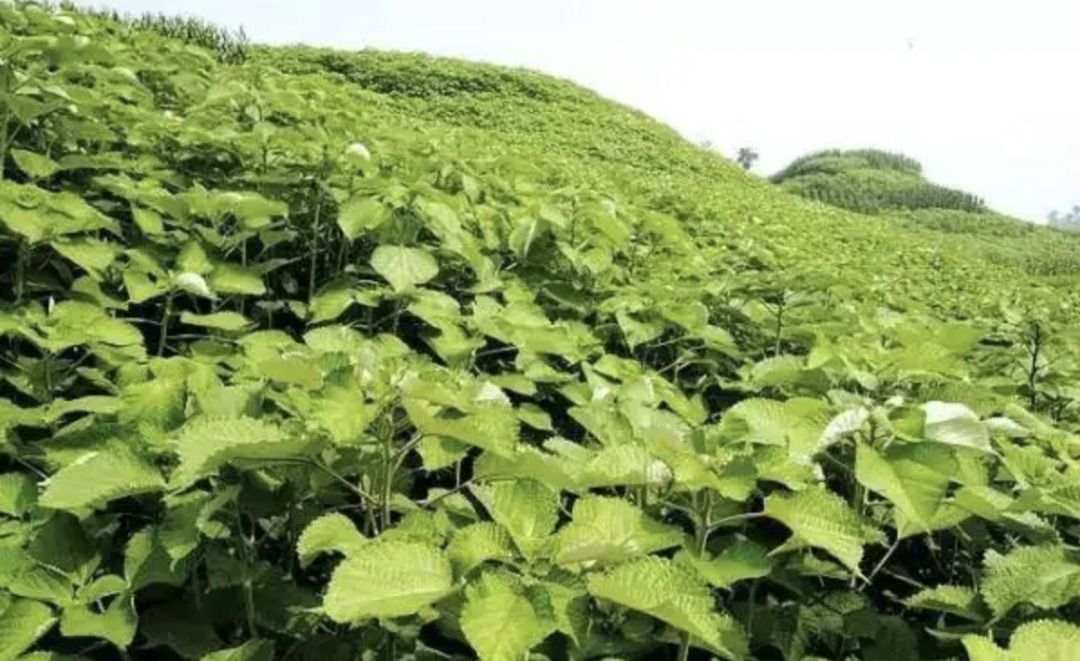
3. Properties and Meridians
[Main Properties] Sweet, bland, neutral. Enters the Heart, Lung, Spleen, and Kidney meridians.
[Basic Effects] Promotes urination and leaches out dampness, strengthens the spleen, calms the mind. Used for edema, reduced urination, phlegm-damp dizziness, spleen deficiency with poor appetite, loose stools, anxiety, and insomnia.
[Herbal Summary] The “Medical Origins” states: “Poria, neutral in nature and sweet in taste.” The “Herbal Classics” states: “Poria, neutral in nature, bland in taste. Sweet and bland, it is yang. Non-toxic.” The “Pearl Bag Supplementary Herbal Properties” also states: “White Poria is sweet and bland, warm in nature, and non-toxic. It descends, being yin among yang.”
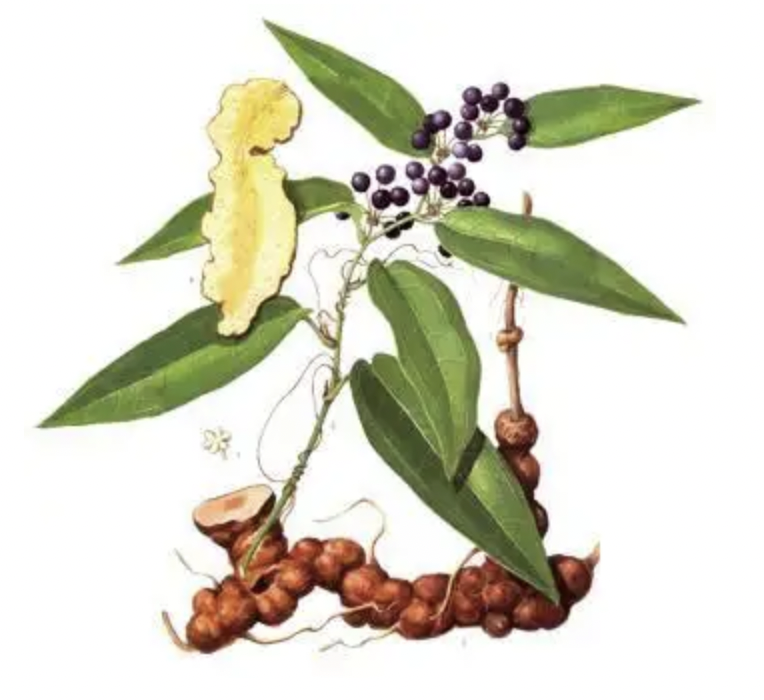
4. Poria Health Recipes
Poria and Pork Bone Soup
[Ingredients] 30g White Poria, 350g Pork Bones, Goji Berries, Salt to taste, Fresh Ginger.
[Effects] Strengthens the spleen, promotes urination, and nourishes yin and marrow. It has a good effect on improving diabetes and can also alleviate symptoms of kidney deficiency such as tinnitus, lower back and knee weakness, impotence, heat, and anemia.
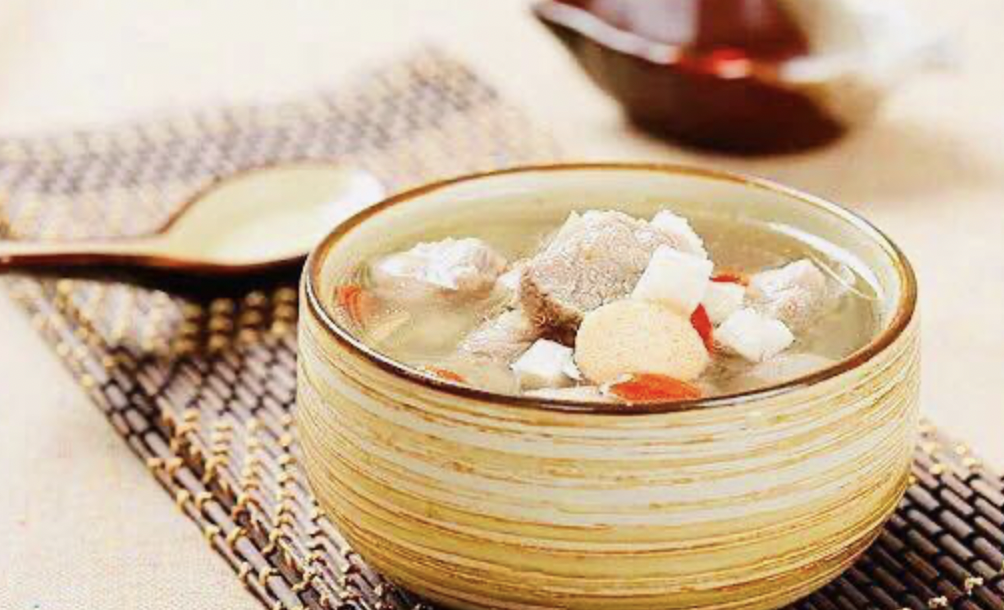
Poria and Lotus Seed Congee
[Ingredients] 100g Japonica Rice, 30g Lotus Seeds, 30g White Poria.
[Effects] Can strengthen the spleen and stomach. When experiencing gastrointestinal discomfort, consuming lotus seeds and Poria can not only promote appetite but also help alleviate gastrointestinal discomfort and protect spleen and stomach function.
References:
[1] Chen Weidong, Peng Hui, Wang Yanyan, Zhang Sheng, Yu Nianjun, Peng Daiyin. The Historical Evolution and Changes of Poria Medicinal Material [J]. Chinese Herbal Medicine, 2017, 48(23): 5032-5038.
[2] Cheng Lei, Hou Junling, Wang Wenquan, Ding Chi, Wang Qiuling, Dai Jiamu. Investigation and Analysis of the Current Production Technology of Poria in China [J]. Modern Chinese Medicine, 2015, 17(03): 195-199. DOI:10.13313/j.issn.1673-4890.2015.3.002.
Images and some text sourced from the internet (please delete if infringing)
Planning / Yin Peihao
Review / Yin Peihao
Editor / Xia Qi
★
Medical Tumor Classroom
★

Scan to follow us
More medical tumor science, nutrition guidelines, etc.
Follow us for your health!

